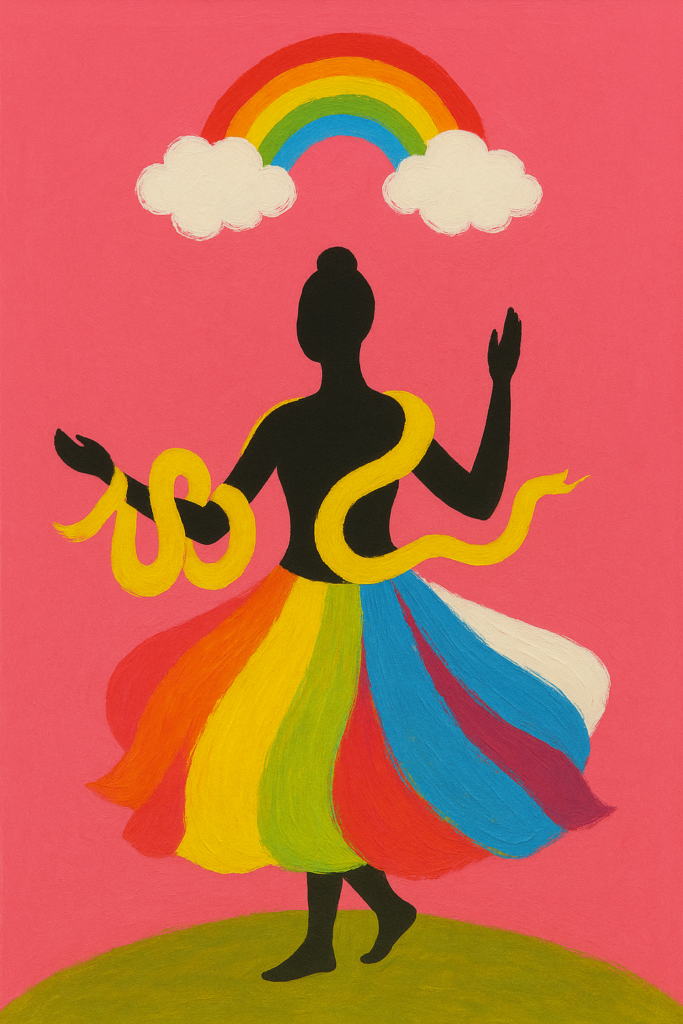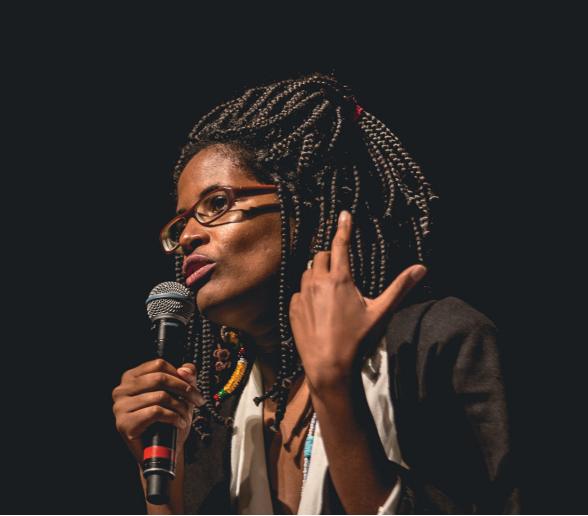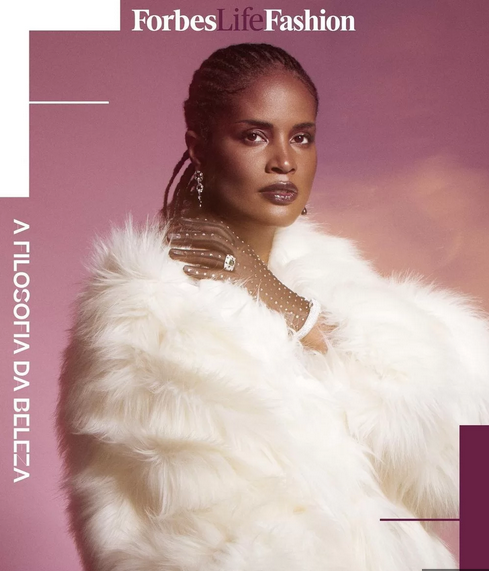Orixás Series – Ayrá, the autonomous orixá, blends peace and chaos and represents Xangô

Candomblé is a living religion, rich in tradition and complexity, where songs, rituals, and orixás form a rooted structure recognizable in any terreiro.
Certain liturgical elements are universal: for example, everything that belongs to Oxalá must reject dendê oil, as this element destabilizes rather than harmonizes him. But some divergences, when explored, offer profound lessons.
Because Candomblé is based on oral tradition and the heritage of major houses, some interpretations may vary—resulting not in conflict, but in a rich mosaic of nuance. In some cases, an orixá may be considered autonomous in certain traditions, while in others, the same entity is seen as a manifestation of another. Ayrá is a striking example of this dynamic.
In some branches, Ayrá is venerated as an independent orixá, with his own attributes, associated with whirlwinds and closely connected to Oxalá. He embodies peace, symbolizing critical serenity amid chaos. In other traditions, however, Ayrá is understood as a quality or aspect of Xangô, the ancestral king of Oyó, known for his rule over thunder and justice. If seen as a “quality,” then Ayrá would be a way Xangô manifests on Earth.
At the heart of this confluence/divergence is one of the best-known itãs of Candomblé: the story of Oxalá’s journey to the kingdom of Oyó. Oxalá was unjustly imprisoned for seven years—we’ll revisit this tale in detail in a few weeks, when this series concludes. But for now, what matters is Oxalá’s return home, escorted by Ayrá, the head of Xangô’s guard.
Ayrá carried Oxalá on his back during the day, and at night, lit a fire and entertained the elder with stories and clever remarks. His lightness and humor made him a cherished companion on the road.
According to other itãs, Ayrá lived in Xangô’s kingdom and served him loyally, but their opposing personalities led to a rupture. While Xangô is a king who dislikes being challenged, Ayrá is the very embodiment of questioning amid order. He is a whirlwind. One night by the fire, Ayrá shared with Oxalá his frustrations with Xangô, blaming him for the unjust and prolonged imprisonment.
By then, Oxalá had already bathed in sacred waters and was at peace. The wise elder recognized that Xangô and Ayrá—both dear sons—were like water and oil. The best course was separation. Upon arriving home, Oxalá didn’t request but rather informed Xangô that Ayrá would now live with him. For Xangô, this brought relief to his kingdom, yet also personal pain, feeling betrayed by Ayrá. For Ayrá, once head of Xangô’s troops, it was a new beginning—his true place.
Ayrá is not a king in any of his roles, yet he remains an orixá, prompting reflection on the different functions and balances that uphold a kingdom, a community, or a religion like Candomblé. While Xangô, as the ancestral king of Oyó, represents centralized power and justice, Ayrá, through his challenges, takes the role of a guardian who balances authority with critical insight. This teaches us that strong leadership is not built solely on issuing commands, but on coexisting with forces that complement and question it.
The relationship between Ayrá and Xangô—marked by tension, separation, and symbolic reconciliation—is a mirror of the dynamics that govern both human and spiritual realms. The itã that tells of their split, mediated by Oxalá, carries deep meaning: it reminds us that even in the divine sphere, conflicts are not resolved by erasing differences, but by recognizing and valuing them.
Ultimately, Candomblé offers us a profoundly pluralist worldview, where hierarchy and autonomy coexist in complex, yet complementary ways. Ayrá doesn’t need to be king to matter; his importance lies in the calm he brings to chaos, the critique that nourishes justice, and the ability to move between the realms of power and peace. May he bless us in these turbulent times in Brazil.
*Originally published in Folha de S. Paulo.
Related articles

May 5, 2025
Orixás Series – Oxumarê and the Complementary Duality of the Feminine and the Masculine

December 21, 2022
Djamila Ribeiro launches new website

December 21, 2022
Djamila Ribeiro is on the cover of Forbes Life
